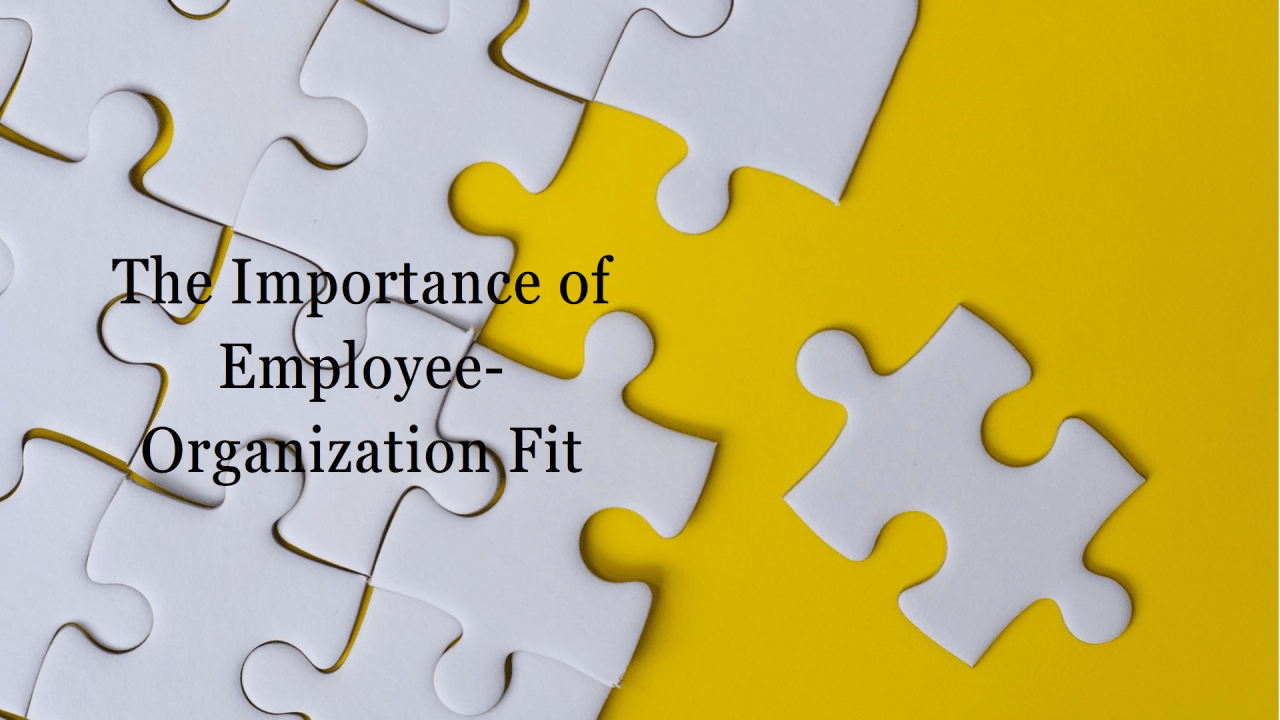In today’s dynamic workplace, we often focus on skills, experience, and qualifications when hiring. However, there’s a crucial factor that frequently gets overlooked: the alignment between an employee’s personal goals and the organization’s mission. As staffing professionals, we’ve seen firsthand how this alignment—or lack thereof—can make or break both individual and organizational success. In this article, explore the impact of goal alignment on individual and organizational success. Learn why aligning employee and organizational goals is crucial for optimal performance.
Understanding Goal Alignment
Goal alignment isn’t about right or wrong—it’s about fit. Think of it like a puzzle piece. A perfectly good piece might be high-quality and well-crafted, but if it doesn’t fit with the surrounding pieces, it won’t contribute to the complete picture. Similarly, both organizations and individuals can have perfectly valid goals that simply don’t mesh together.
The Cost of Misalignment
When employee and organizational goals don’t align, the consequences can be significant:
- Decreased Motivation: Employees who don’t see their personal objectives reflected in their work often struggle to maintain enthusiasm and engagement.
- Higher Turnover: When individuals realize their goals don’t align with their employer’s direction, they’re more likely to seek opportunities elsewhere—leading to increased recruitment and training costs.
- Reduced Productivity: Even highly skilled employees may underperform if they don’t feel their work contributes to their personal goals.
- Cultural Impact: Misaligned employees might unintentionally create friction within teams, affecting overall workplace harmony.
Identifying Alignment During Hiring
Here are effective strategies to assess goal alignment during the hiring process:
For Organizations:
- Clearly articulate your organization’s mission, values, and long-term objectives during interviews
- Share concrete examples of how these values manifest in daily operations
- Be transparent about growth opportunities and limitations
- Discuss organizational culture and work style preferences openly
For Candidates:
- Look beyond salary and benefits to understand the organization’s purpose
- Consider how the role fits into your career trajectory
- Reflect on past experiences where you felt most fulfilled
- Be honest about your work style preferences and career aspirations
Questions to Uncover Alignment
During interviews, consider asking:
- “What aspects of our mission resonate with your personal values?”
- “How do you see this role contributing to your long-term career goals?”
- “Can you describe an organizational culture where you’ve thrived?”
- “What type of impact do you hope to make in your career?”
The Role of Flexibility
Remember that perfect alignment rarely exists from day one. Both organizations and individuals evolve, and some degree of flexibility is healthy. The key is finding enough common ground to build upon while ensuring core values and fundamental goals align.
Moving Forward
As you evaluate potential hires or consider new opportunities, remember:
- There’s no universal “right” set of goals
- Focus on finding mutual benefit rather than perfect matches
- Be honest about expectations and limitations
- Regular check-ins can help maintain alignment over time
- Consider goal alignment as important as skill fit
Conclusion
In the staffing industry, we’ve learned that while skills can be developed and experience can be gained, fundamental goal alignment is harder to cultivate artificially. By prioritizing this alignment during the hiring process, organizations can build more engaged, stable, and productive teams, while individuals can find more fulfilling and sustainable career opportunities.
Remember, it’s not about finding the “best” goals—it’s about finding the right match between individual aspirations and organizational objectives. When these align, both parties can thrive together, creating lasting and mutually beneficial professional relationships.
Need help finding people that are a good fit for your organization? We can help! Contact us today for a consultation

